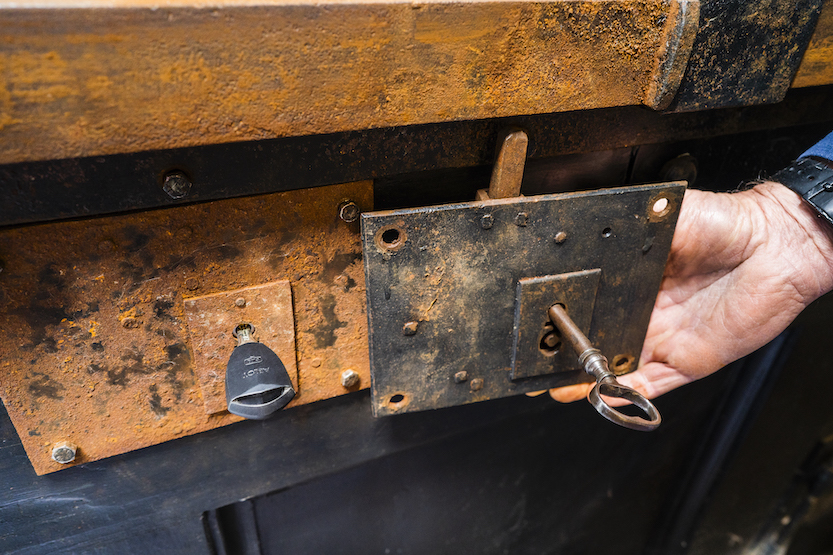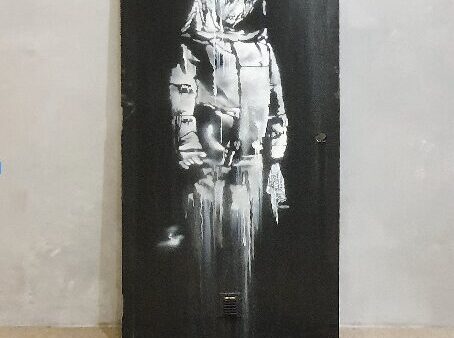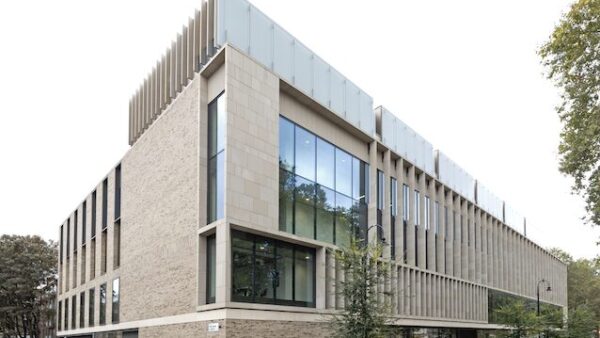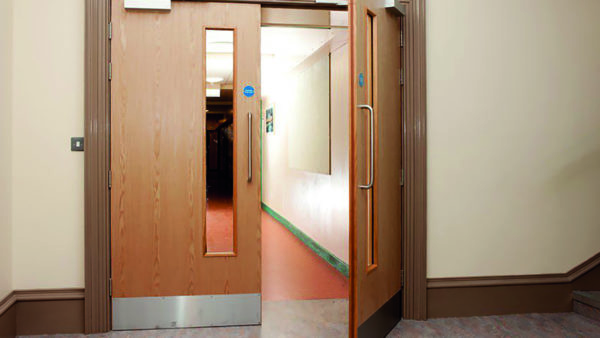
In response to recent news of theft and misplacement of museum artefacts, Abloy UK is highlighting the challenges of securing buildings and assets in the heritage sector and how access control can reduce these risks.
A false moustache and a Queen Victoria drawing are among more than 1,700 items missing from museums in England.
Freedom of information requests to museums and galleries which receive public funding asked for details on absent items from the last 20 years.
It comes after British Museum member of staff was sacked after more than 2,000 artefacts disappeared.
The National Portrait Gallery, which reopened in 2023 following a three-year refurbishment, has 45 "not located" items – but insists they are not missing or stolen.
Other museums reporting missing items in the report include the V&A, the National History Museum and the Science Museum.
“We are seeing an ongoing trend of museum artefacts becoming a target for crime," says Lisa O’Flynn, account manager at Abloy UK. A report has revealed that more than 1,700 items are currently missing from museums in England and what’s more, an estimated 18.7% of all listed buildings are physically affected by crime annually, equating to over 70,000 listed buildings. Inferior key management systems are providing no record of who is accessing collections or buildings, creating a significant vulnerability in the sector.
“With invaluable artefacts at increasing risk of theft or loss, digital access control solutions are enabling those in charge of collections to ensure their security and have greater peace of mind.”
Key audit trails
Abloy UK offers a range of high security solutions to keep heritage buildings and assets safe. One system proving particularly popular is PROTEC2 CLIQ® – an access management system that enables remote key management and provides comprehensive audit trails on locks and padlocks.

The real-time audit trails show who has accessed which lock and at what time, making staff accountable. Access rights for keys can be updated remotely from anywhere in the world using the web-based management software, meaning keys can be immediately revoked if required.
The PROTEC2 CLIQ® system is suitable for many different types of locking point, securing artefacts no matter where in a building they are exhibited or stored. The versatile system also offers flexibility and multiple access points are available, meaning constantly changing access needs can be managed with ease.
The system can grow with a museum’s infrastructure too. For example, if a museum is constructing a new storehouse, access control can be added to internal and external doors, as well as cabinets, display cases and other storage areas with ease. The system can be implemented on mobile gallery cabinets too, enabling off-site access management.
PROTEC2 CLIQ® requires no wiring on cylinders or padlocks, making it an easy retrofit solution even on heritage and grade listed doors. If a specific heritage aesthetic needs to be retained, locks and cylinders can be provided in an appropriate finish to match the design of a door or cabinet.
PROTEC2 CLIQ® also meets BS EN 15684, which specifies requirements for performance and testing of Mechatronic Cylinders and their keys and/or electronic keys. It’s practical for everyday use in high traffic environments, withstanding a large volume of people visiting a building.
Escape tactics
The innovative Escape Door System (EDS) from Abloy UK is also ideal for museums, offering easy access and egress while ensuring compliance, security, and the ability to implement dynamic lockdown procedures.
With the EDS, it is possible to provide a compliant solution for an escape door when read-in / read-out access control is specified, combining the three components required for BS EN 13637 – Blocking, Control and Trigger.
The Intelligent Control within the EDS allows connection to fire alarm systems or other building control systems to ensure escape in an emergency, and the Trigger unit incorporates a key-switch and a push button that tells the controller to release the locking mechanism to allow safe escape.
O’FLynn adds: “With some artefacts worth millions of pounds, the investment in a digital access control system offers an incredible ROI – not just in terms of the value of assets secured but the peace of mind that is gained.
“By implementing a solution such as PROTEC2 CLIQ®, staff efficiency is increased and costs are reduced, as there’s no need to invest in extra monitoring devices. The EDS is also an excellent access solution that those in the museums and heritage sector should consider.”








